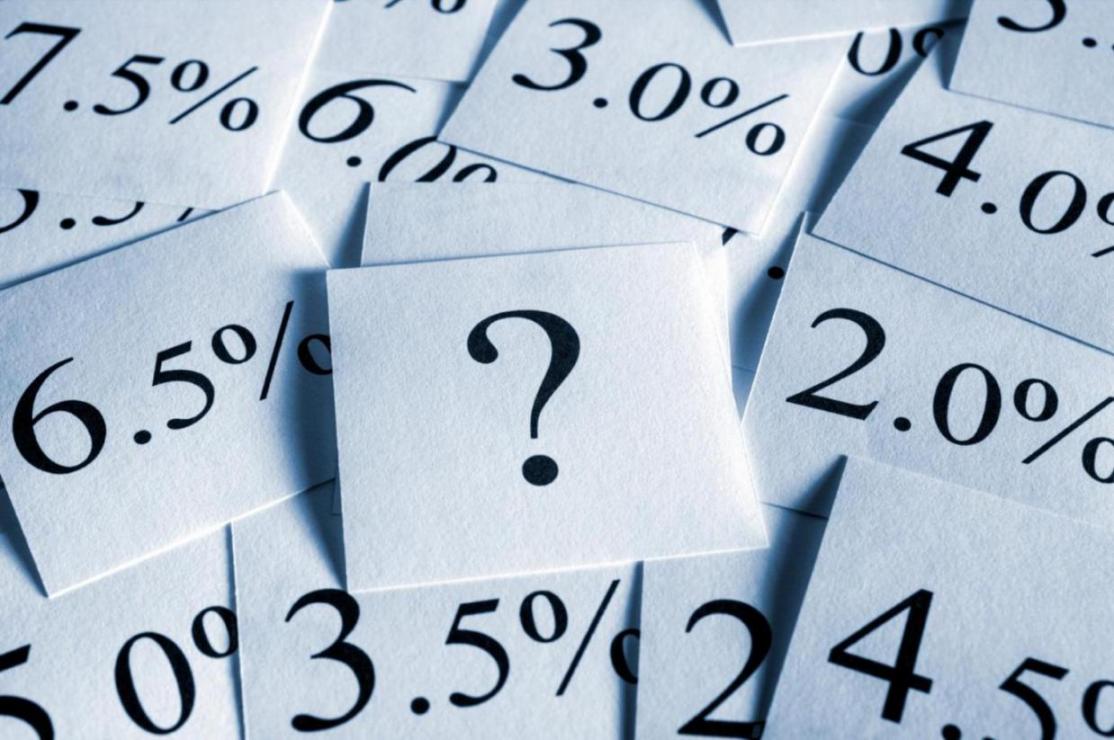For Iranians it is pretty normal to see a difference in inflation rates declared by the Statistical Center of Iran and the one announced by Central Bank of Iran. While it is possible to have some discrepancy between data providers due to their sampling methods and strategies, it is more than puzzling and difficult to comprehend why there should be a need to have two institutions producing crucial stats and involved in a long and undeclared rivalry.
Seven months ago the head of SCI, Adel Azar, announced the final approval of the Supreme Council of Statistics to make the SCI the sole official statistics production and dissemination organization in Iran. This weekend, Mehdi Eslampanah, CBI head of Majlis affairs, talked of cooperation between the Parliament and CBI representatives that has “led to the approval by the law-making body of the CBI’s role in publishing economic data.” This role for the CBI seems absent in the next five-year economic development plan.
While there are indications of government preference to eventually bestow a monopoly to the SCI, the unending dispute over facts, figures and stats seems here to stay, at least for now with many disgruntled economists often complaining about data ad nauseam.
Probably the waste of time and energy in producing the same statistics twice is negligible given the size of government and its reluctance to sack employees – both organizations (SCI and CBI) are government-owned. Hence, the question is whether this duplication creates a healthy competition leading to accuracy and reliability?
Well, the officials keep harping that the two bodies are complementary and there is no issue of repetition because, for instance, for the inflation rate their chosen basket of goods and services differ in terms of components and geographical coverage. What is clear is that when two measures converge we can have more reliability in the accuracy of data and when they diverge we have the difficulty of figuring out which is genuine!
For example, it’s important to have an accurate measure of inflation because consumers, especially those on fixed incomes, are negatively affected by high and rising prices. Also, the government uses inflation trends to set tax rates and decide monetary and fiscal policies that obviously affect economic growth. The problem with having two major organizations regularly determining and announcing inflation rate(s) is that the CBI uses its own facts and figures for setting monetary policies while the government says it draws on SCI feedback for setting fiscal policy and preparing the annual budget.
Big Gaps
The two measures can, however, be used to prepare a comprehensive index. Two sets of data can be incorporated to produce more reliable and convincing data. By the same token, patterns used in one version can be used for testing the other and thus reducing the margin of error. However, this simply does not rule out the possibility of officials picking and choosing statistics to “fit their needs” that at times could be different from the demands of economic reality.
There have been many occasions when there is a significant difference between figures announced by the two organizations. In an attempt to end the ‘data dispute’ in 2011, the then CBI governor announced that his bank would no longer announce inflation figures. Even though the CBI is responsible for pronouncing inflation rates -- as mandated by the monetary and banking law, the move barely lasted a few months.
The latest case in point is in the inflation rate of the previous month. The CBI claimed it was 14.3% while the SCI put it at 13.1%. During the past year, the CBI inflation rates were usually over and above SCI figures by one percentage point. The gap was the widest in June amounting to massive 1.4%.
Perhaps the most significant disparity between the two institutions is the growth rate of industrial and mining sector in the past year that amounted to an unbelievable 6.2%. According to the CBI, industrial growth rate was 8.2% compared to 2% calculated by the SCI!
Interestingly but not surprisingly, during the previous government (2005-13), it was the other way around. The CBI would announce the lower rates of inflation compared to the stat center. On one occasion, in July 2012, it put the inflation rate 12.5% lower than the figure claimed by the SCI.
Hence, the government has to determine the source of data to be used in their analyses and policymaking well in advance. It is vital to acknowledge the SCI as the official authority and reemphasize its audit role. As such, there also is the need to clarify the procedure that allows executive bodies to produce statistics related to their specific fields of work, which then should be subject to scrutiny and assessment by the SCI and the public.
If and when this happens, the inefficiency and confusion involved in and related to having more than one organization producing national data can be minimized and the benefits will outweigh the cost of granting a monopoly on statistical dissemination to state or government affiliated institutions.



